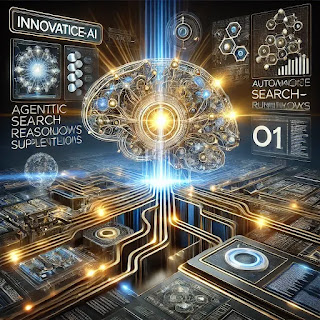Enhancing Retrieval-Augmented Generation: Efficient Quote Extraction for Scalable and Accurate NLP Systems
Enhancing Retrieval-Augmented Generation: Efficient Quote Extraction for Scalable and Accurate NLP Systems Introduction: In the rapidly evolving landscape of Natural Language Processing (NLP), Retrieval-Augmented Generation (RAG) has emerged as a ground-breaking approach to improving the accuracy and contextual understanding of AI systems. This innovative technique combines the power of information retrieval with generative AI models, creating more intelligent and reliable language processing solutions. The Challenge of Quote Extraction: Quote extraction represents a critical challenge in NLP systems. Traditional methods often struggle with precision and scalability, leading to potential information loss or misinterpretation. Our research focuses on developing more efficient algorithms that can accurately identify and leverage relevant quotes across diverse data sources. Methodology: Our proposed approach utilizes advanced machine learning techniques, including: - Semantic em...




